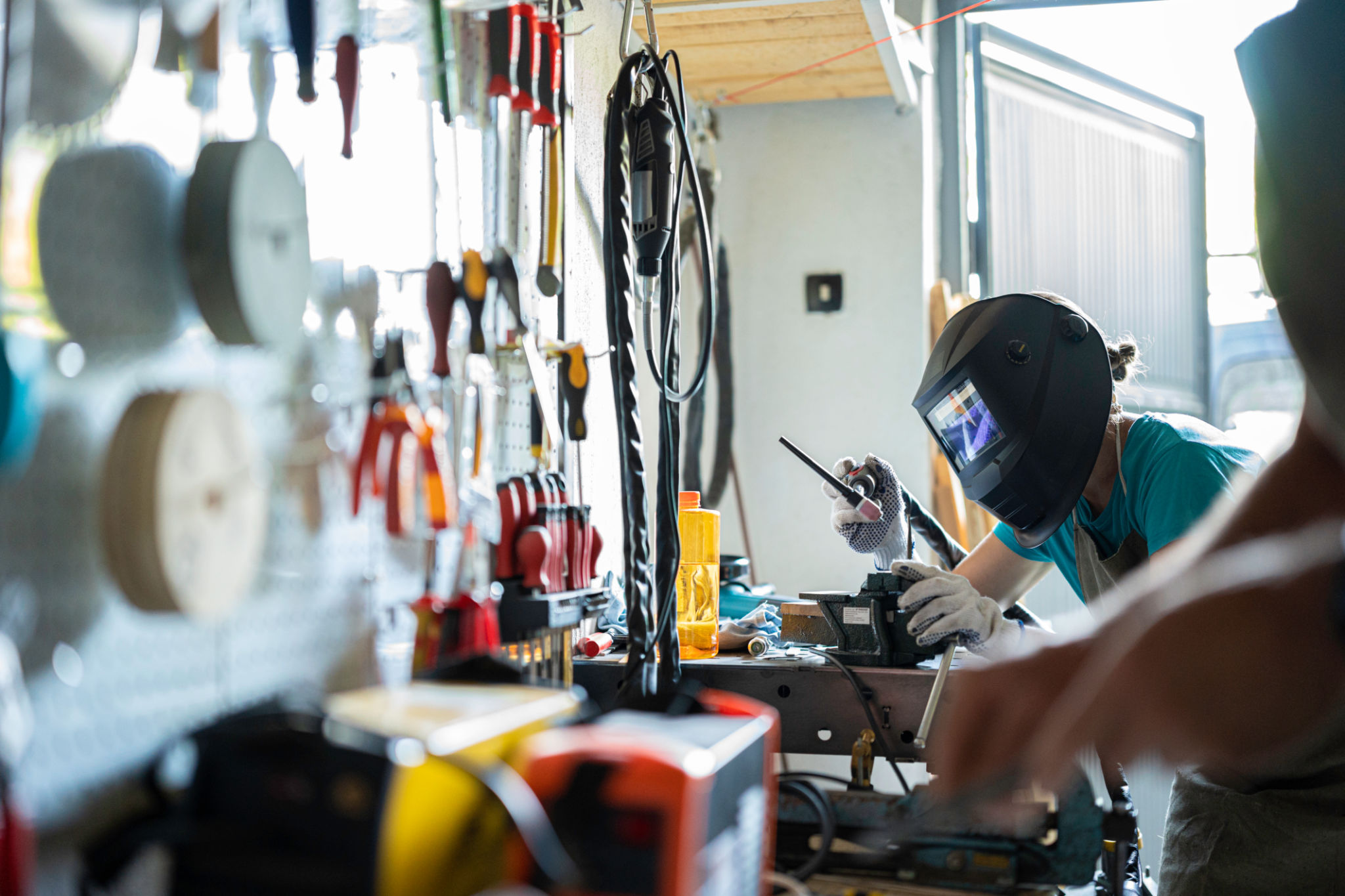Innovations in Welding: The Latest Trends You Need to Know
Introduction to Modern Welding Techniques
The field of welding has experienced significant advancements in recent years, revolutionizing how industries approach fabrication and construction. As technologies evolve, welding methods continue to become more precise, efficient, and environmentally friendly. This blog post delves into the latest trends in welding that are setting new standards in the industry.

Robotic Welding Systems
One of the most notable innovations in welding is the integration of robotic systems. Robotic welding offers unparalleled precision and consistency, significantly reducing human error. These systems are equipped with advanced sensors and AI algorithms, allowing them to adapt to different welding tasks with minimal human intervention.
The benefits of robotic welding systems include increased productivity, improved safety, and lower production costs. As automation becomes more accessible, even small businesses are starting to adopt these systems to stay competitive in the market.
Advanced Material Welding
With the rise of new materials in manufacturing, welding techniques have had to adapt accordingly. The development of methods for welding advanced materials like titanium, aluminum alloys, and high-strength steels is crucial for industries such as aerospace and automotive.

These techniques often involve specialized equipment and processes that can maintain the integrity of these materials while ensuring strong, durable joints. This advancement opens up new possibilities for design and application, pushing the boundaries of what can be achieved in various sectors.
Eco-Friendly Welding Practices
As sustainability becomes a priority across industries, welding is no exception. Innovations in eco-friendly welding practices focus on reducing energy consumption and minimizing waste. Techniques such as cold metal transfer (CMT) and friction stir welding (FSW) are gaining popularity because they use less energy and produce fewer emissions compared to traditional methods.
These environmentally conscious practices not only help companies reduce their carbon footprint but also often lead to cost savings through increased efficiency and reduced material waste.

Enhanced Safety Measures
Safety is paramount in any industrial setting, and recent innovations in welding have made significant strides in this area. New personal protective equipment (PPE) technologies, like auto-darkening helmets and advanced filtration systems, provide better protection for welders against hazards such as UV exposure and toxic fumes.
- Auto-darkening helmets adjust to varying light conditions, providing constant protection.
- Advanced filtration systems reduce inhalation of harmful particles.
Furthermore, the use of simulation software allows for training in a safe, controlled environment, preparing welders for real-world applications without the associated risks.
The Future of Welding
The future of welding promises even more exciting developments. With advancements in 3D printing technology and AI-driven quality control systems, the possibilities are virtually endless. These innovations not only promise to enhance the efficiency and quality of welding processes but also expand their applicability across new industries and disciplines.
As technology continues to advance, staying informed about these trends is crucial for businesses seeking to maintain a competitive edge in the marketplace. Embracing innovation in welding is not just about keeping up—it's about leading the way into a more efficient and sustainable future.
